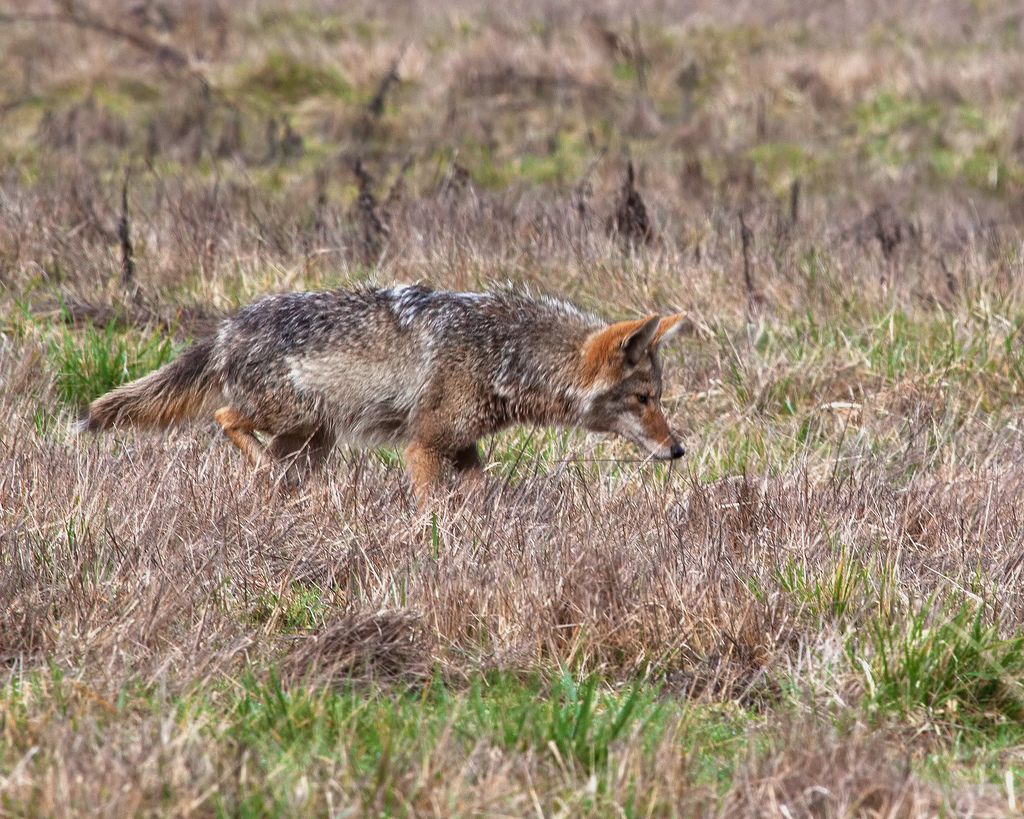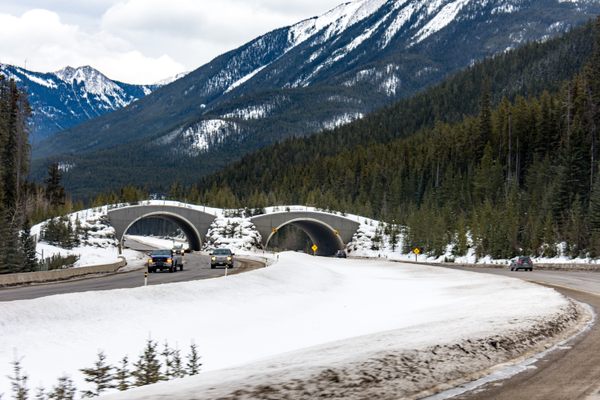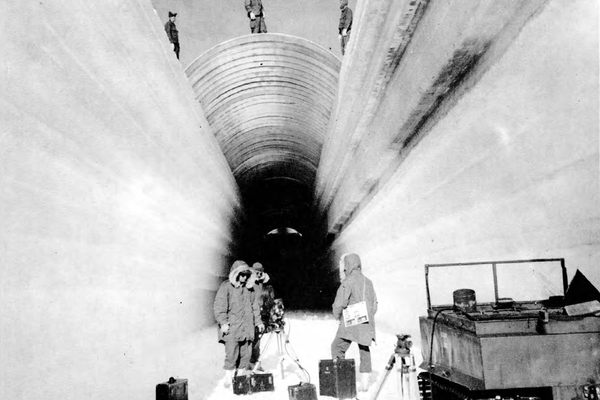A Convenient New Commute for Washington’s Coyotes
Above a busy highway, a safe new wildlife crossing in an area that will soon see many more.

On December 6, 2018, a lone coyote darted across Interstate 90, near Snoqualmie Pass in central Washington. The highway delivers motorists through the Cascade Mountains, and it can be a bumpy and dicey ride. The route is often hazardous and slick with snowfall—an average of around 330 inches a year. Collisions are common.
Happily, the coyote fared just fine. “This coyote safely crossed the highway,” the Washington State DOT tweeted, “avoiding traffic, anvils, ACME rockets & roadrunners!” In fact, the animal didn’t have to dodge speeding cars and trucks. In the video tweeted out by the DOT, there’s no trace of asphalt or cars—just dirt, trees, and mountains, and the edge of a bridge on the far right of the frame.
The coyote was the first confirmed user of the state’s newest and largest wildlife bridge, which caters to furry quadrupeds, instead of the quad-wheeled bipeds who cross their paths.

Highways make it easy for humans to cover long distances through varied terrain, but they really muck things up for wildlife. When speeding hunks of metal and rivers of asphalt and concrete bisect formerly peaceful environs, animals might get stuck on one side. They’re either stranded over there, or have to risk crossing to find food or a more suitable habitat. (The Washington overpass will help preserve a migration route that elk follow, the Associated Press reported.) They also might need to cross for mates, and mixing the pool of parents ultimately means a healthier, more genetically diverse and secure population.
That’s where animal infrastructure comes in. But how, exactly, to get animals to buy in is a puzzle. Some animals prefer open-air crossings, while others are comfortable with tunnels, and preferences vary within a species. Researchers studying grizzlies in Banff National Park, for instance, found that bachelor bears were good to amble through culverts under roads, while families were more likely to use an overpass.

This part of Washington is expanding its highway system—and the number of potential animal crossings—as surrounding areas attract new human residents. The $6 million bridge, which arches 33 feet above the road, is 66 feet wide, and flanked by fencing to dampen noise from cars below. The DOT reports that there are several other overpasses planned or in the works, and that they will also be planted with trees and shrubs to emulate the natural environments on either side. That’s good news for the coyotes, and any other animals that have somewhere to be or just want to stroll safely.




















Follow us on Twitter to get the latest on the world's hidden wonders.
Like us on Facebook to get the latest on the world's hidden wonders.
Follow us on Twitter Like us on Facebook